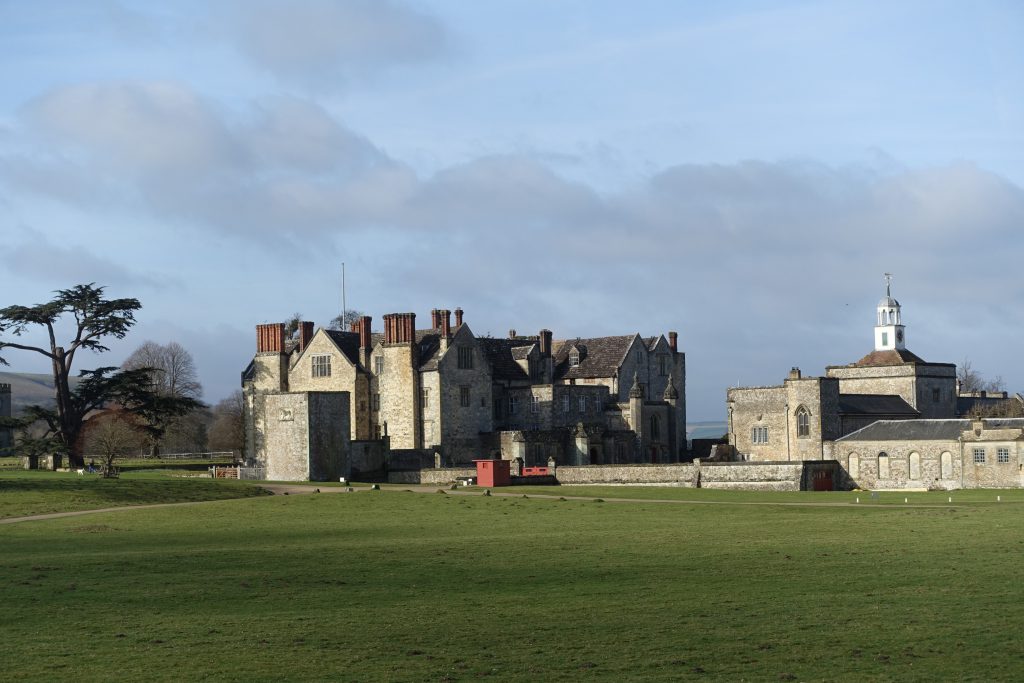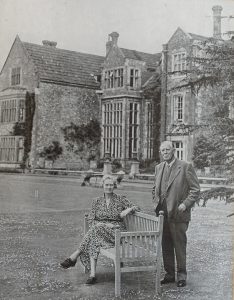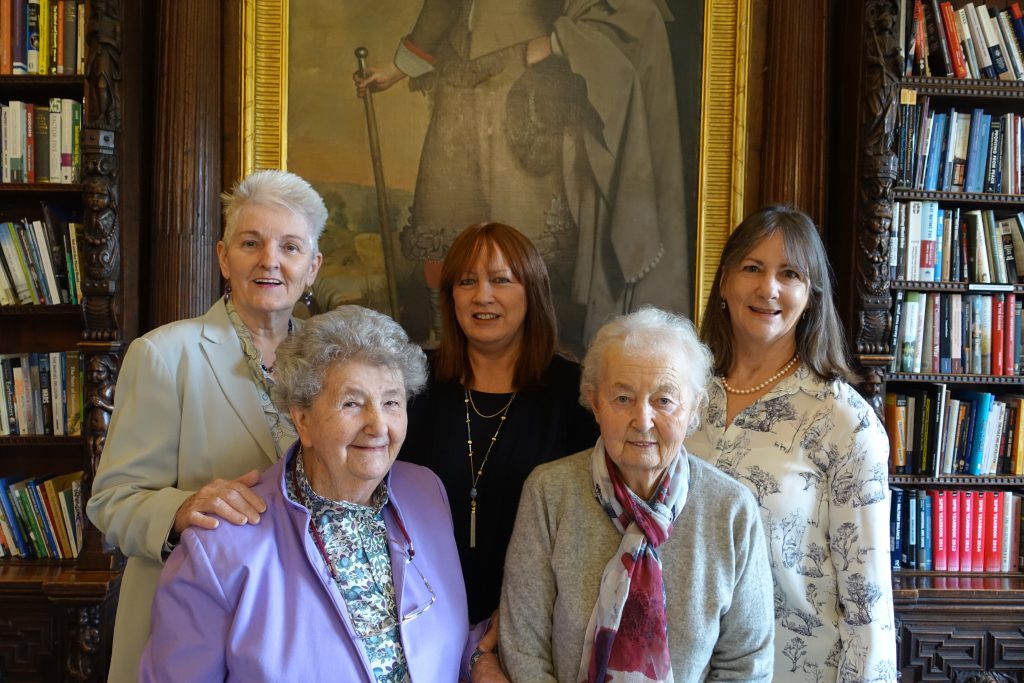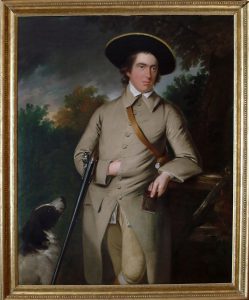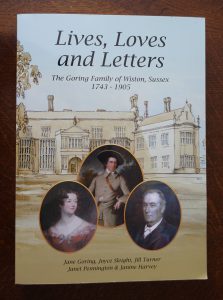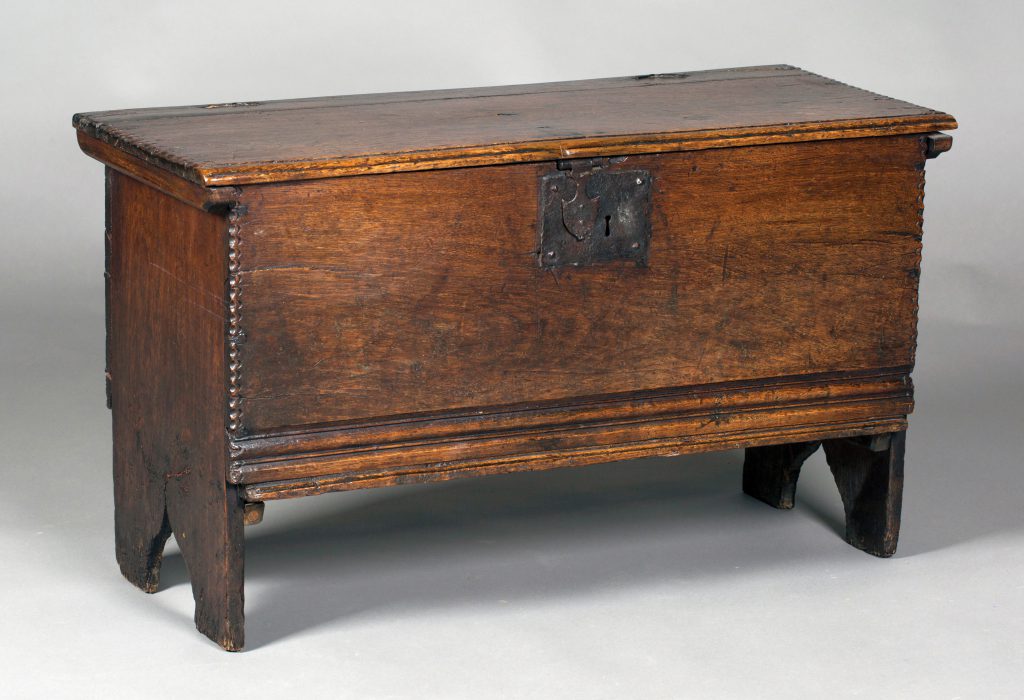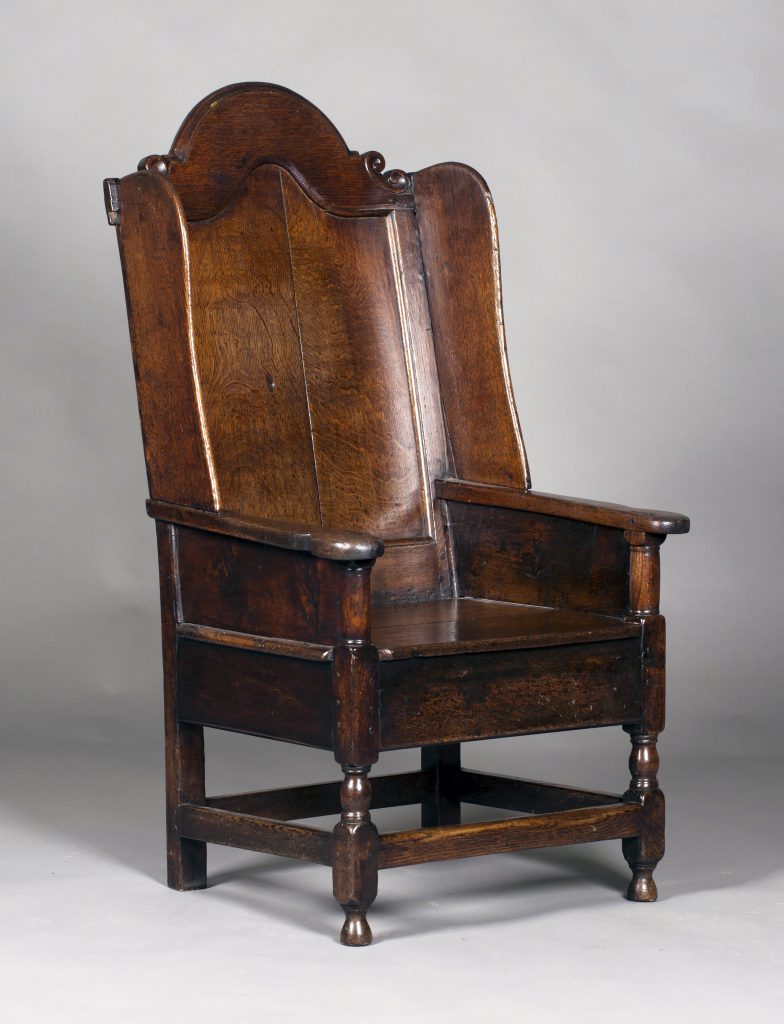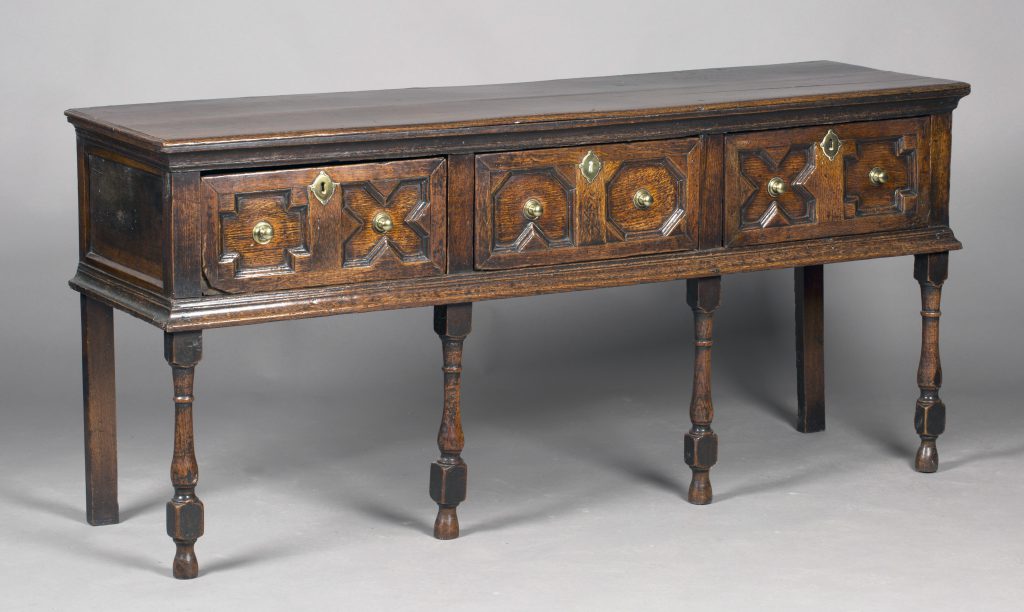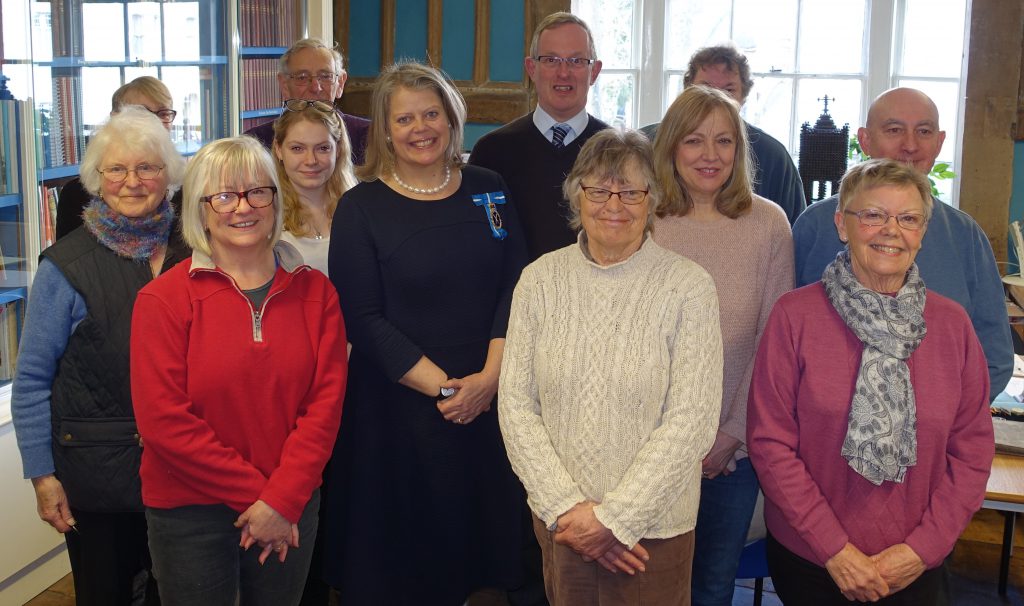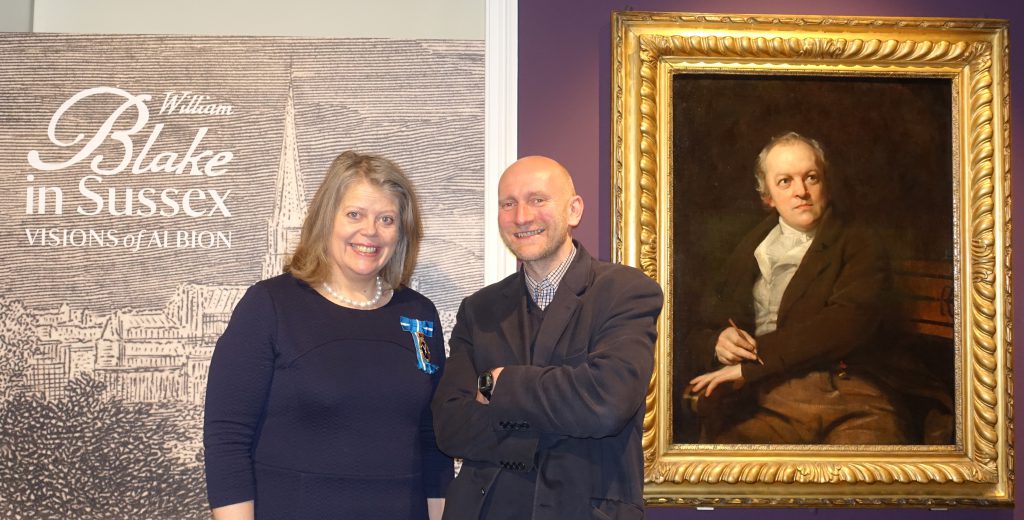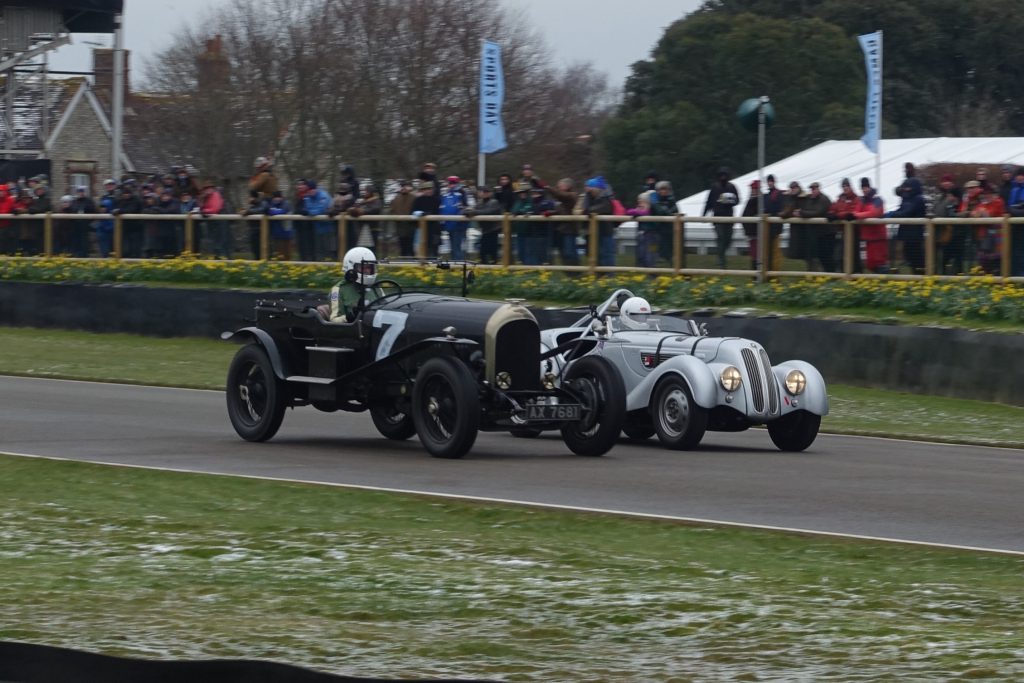
The 76th Goodwood Road Racing Club (GRRC) 2018 Member’s Meeting coincided with a blast of icy weather which brought snow and drama to the weekend as the club’s 20th anniversary was celebrated.
My Dad, Alan Toovey, and I arrived at the Goodwood motor racing circuit to be greeted by the spectacle of racing cars at full speed as the snow fell heavily.
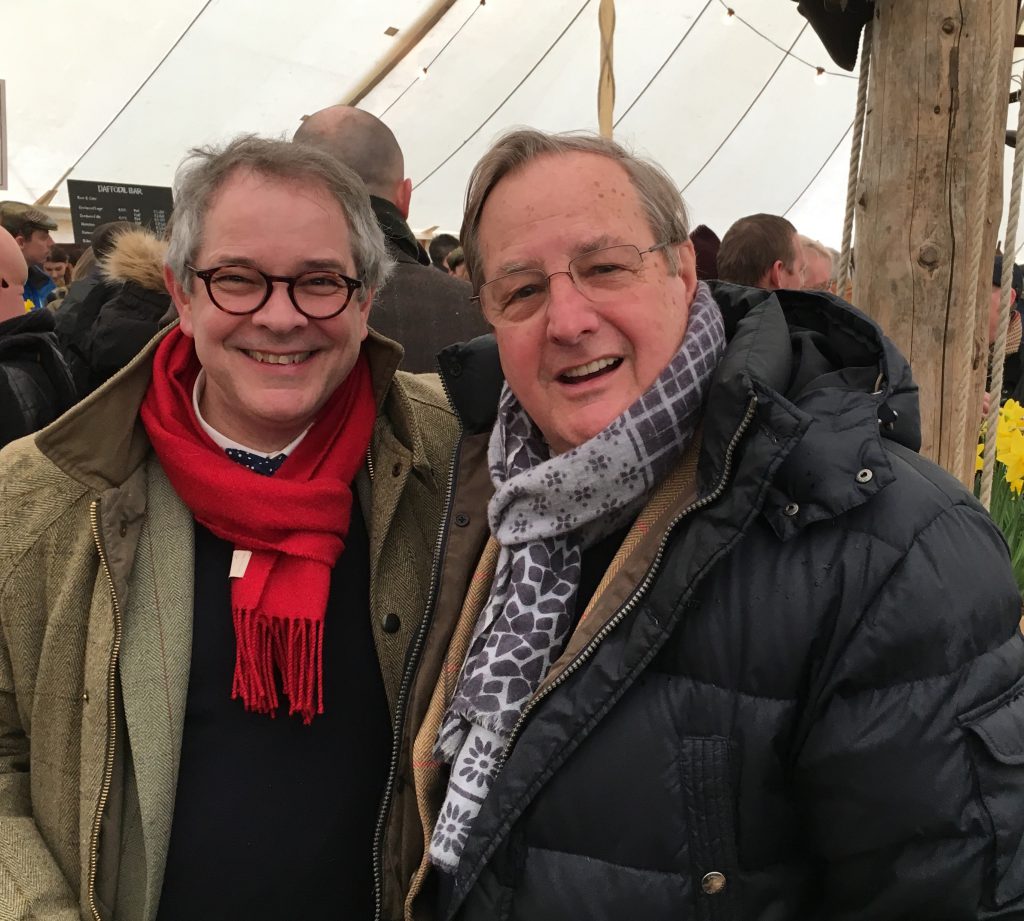
The cold weather was in sharp contrast to the warm welcome of the Goodwood team and the enthusiasm of the members. The GRRC marks its 20th anniversary this year. This was the first time the club had welcomed members of the recently formed GRRC Fellowship to this annual spring motor racing event. Their number added to the atmosphere and sense of occasion.
As the racing cars from various eras came past at great speed Dad remarked how Goodwood had a reputation as a particularly quick circuit back in the 1950s and ’60s. Recalling the motor racing of his youth he was pleased to see that the cars had lost none of their pace with the passage of years.
The pre-1936 European sports cars came round Woodcote with surprising alacrity and the sound was wonderful. A cheer went up from the crowd as Gareth Graham in the number 7, 1925 Bentley Speed Model powered past the later 1936 BMW 328 in the approach to the Chicane.

In the paddocks this member only event allowed enthusiasts, drivers and car owners to mingle amongst the automobiles sharing what the Duke of Richmond describes as ‘a common passion’. A steward’s whistle alerted us to Martin Halusa’s approaching Bugatti Type 35c. It was a rare treat to be alongside such iconic motor cars.
As the wind got up Dad and I headed to the Daffodil marquee which, as the name suggests, was filled with Daffodils and hay-bale seats. As the band played we sat discussing the racing with friends and members. The excellent Goodwood Ale and fish and chips revived us.
We set out for home as preparations for the evening’s fireworks were underway. The smell of Castrol and the noise of these remarkable cars replayed in our imaginations as our conversation turned in excited anticipation to the 2018 Goodwood Festival of Speed in July and Goodwood Revival in September.
The GRRC spring Members’ Meeting is a celebration of motor racing which is exclusively for GRRC and GRRC Fellowship members held here in the heart of Sussex. To find out more about the benefits of membership, how to join, and this year’s Festival of Speed and Goodwood Revival go to www.goodwood.com/sports/motorsport.
By Rupert Toovey, a senior director of Toovey’s, the leading fine art auction house in West Sussex, based on the A24 at Washington. Originally published in the West Sussex Gazette.
